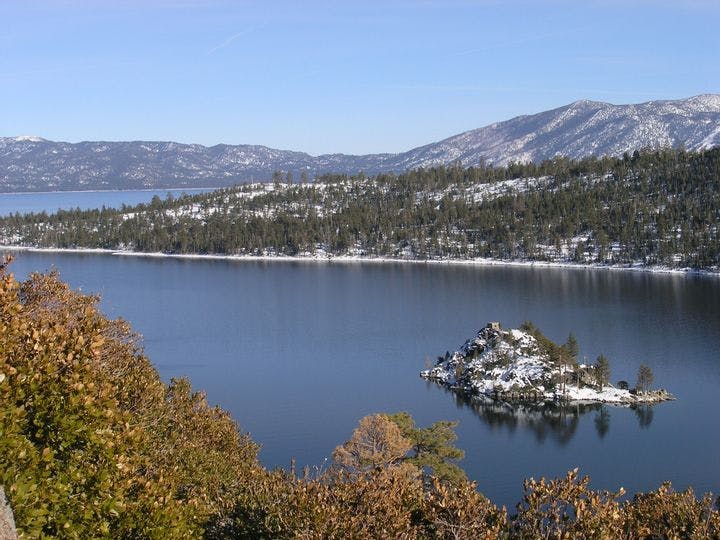Fall 2010
In With the New
– The Wilson Quarterly
The rise of the "novel ecosystem."
Conservationists have traditionally focused their efforts on preserving “pristine” ecosystems—those unchanged by modern man—but an upstart brigade of ecologists is calling on the scientific establishment to pay more attention to what they call “novel ecosystems,” writes Emma Marris, a writer working on a book about proactive conservation approaches. These are areas not under human management where species that have not previously existed together (and therefore did not evolve together) are now living in the same place. By one estimate, such ecosystems cover 35 percent of the earth, a proportion that is likely to grow.
Ariel Lugo, a scientist in Puerto Rico, has shown that novel ecosystems can be nearly as rich in species as native ones. They may also have more above-ground biomass and use nutrients more efficiently. Sometimes such ecosystems provide much-needed habitats for native species.
Peter Kareiva, chief scientist of The Nature Conservancy, says that studying novel ecosystems helps conservationists to “face the facts and be strategic” rather than try to deny their existence. In some cases, a novel ecosystem may be “better” at what are known as “ecosystem services”—processes that benefit humanity such as filtering water in wetlands, preventing erosion, and sucking carbon dioxide from the atmosphere. Should such ecosystems merit the same protection as pristine ones, or even more? That’s “a question we don’t talk about that much,” Kareiva admits.
But novel ecosystems have their skeptics. James Gibbs, an ecologist at the State University of New York, Syracuse, warns that increased biodiversity is not inherently a good thing. For example, in Clear Lake in northern California, the number of fish species has risen from 12 to 25 since 1800. But species that were unique to that lake are long gone. The species there today can be found in many other lakes. Also, genetic diversity may decrease, as plants descended from the small genetic pool of just a few invaders will have more genes in common than those that have evolved and bred over thousands of years.
Ironically, pristine places such as a rainforest or an old-growth forest often require intense human management to keep them that way. But for scientists interested in how environments change and evolve when new species appear, novel ecosystems can be “ideal natural experiments.” After all, Marris explains, “it takes a dynamic ecosystem to study ecosystem dynamics.”
THE SOURCE: “The New Normal” by Emma Marris, in Conservation, April–June 2010.
Photo courtesy of Flickr/Ross Mayfield
